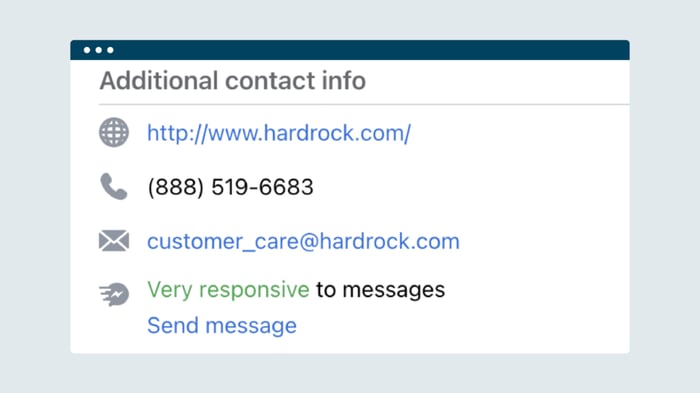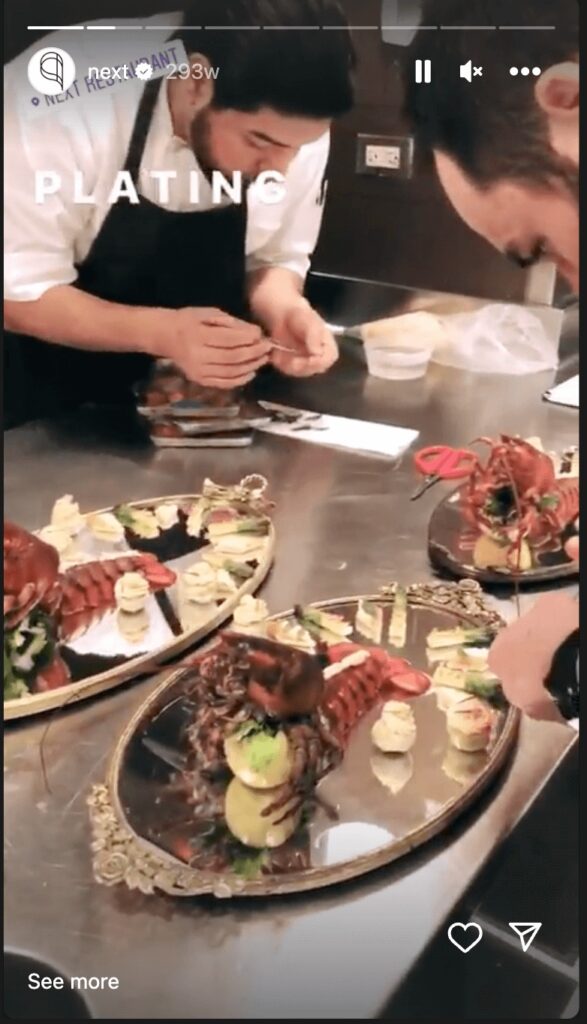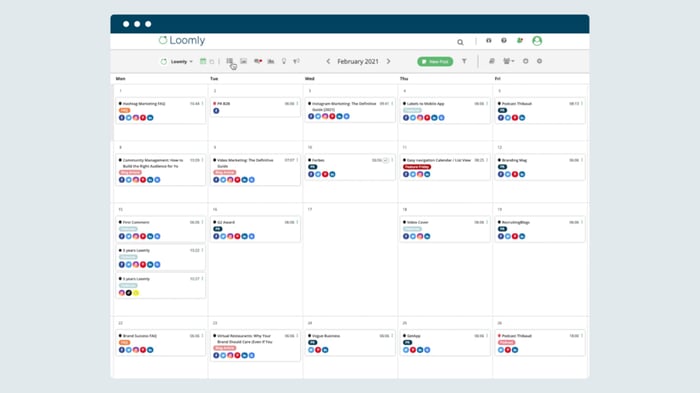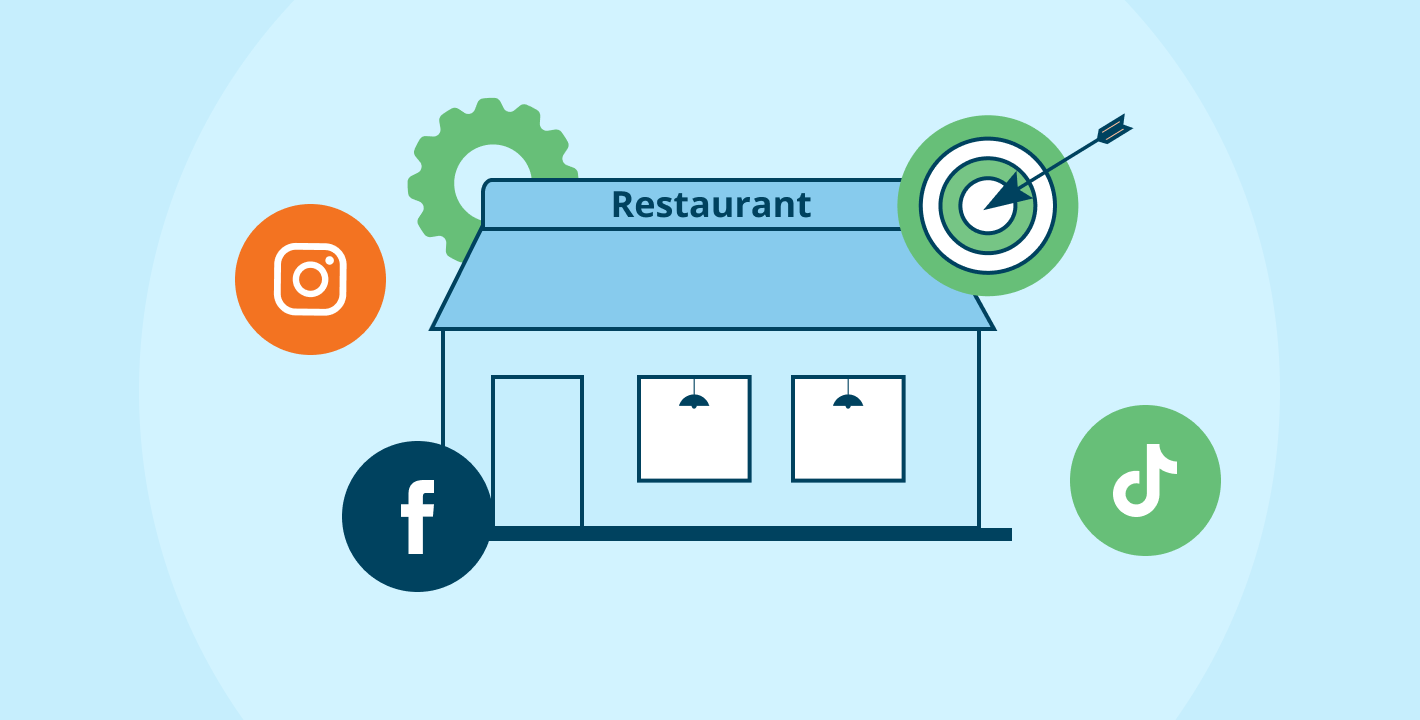Social Media Marketing for Restaurants: The Ultimate Guide
In the era of endless scrolling, your restaurant’s social media presence is no longer a “nice-to-have.” It’s a lifeline to your customer base.
Imagine this: A young couple is scrolling through Instagram, debating where to have dinner. They stumble on your mouth-watering post of tonight’s special, a juicy steak with a side of garlic truffle fries. Sold!
They reserve a table, and, just like that, you’ve transformed digital scrolls into real-life diners (maybe even regular ones).
In this article, you’ll learn why social media is vital for restaurants and how to use it successfully.

Manage all your social media accounts in one place.
Craft, schedule, & auto-post content to all your social channels, then track analytics and manage interactions from a single, easy-to-use dashboard.
Why is social media important for restaurants?
Social media stands as a pillar for restaurants to enhance visibility and engagement. Let’s explore why it plays a substantial role in the restaurant industry.
Allows users to find information about your restaurant
Diners turn to social media to quickly access essential business details like your address, phone number, and working hours. So make sure you provide accurate info front and center on all your social media profiles.
Additionally, you can use these platforms to swiftly communicate sudden changes like special holiday hours or unexpected closures. This way, you’ll maintain a reliable and up-to-date source of information for your customers.
Overall, social media platforms facilitate easy planning for your customers and foster trust by showcasing your restaurant’s reliability.

Opens communication with customers
Social media platforms are for more than just sharing updates. They’re a two-way street fostering direct communication with your customers. So, encourage them to reach out with their queries about booking a table, current availability, or questions about the menu. And have a dedicated social media manager to promptly answer their inquiries.
This proactive approach solves individual queries and gives you a pulse on the diner’s perspective, helping you tailor your offerings and services accordingly.
Allows users to share their experiences with others
People like to share dining experiences online, making your restaurant a part of their story. Encourage diners to tag your location in their Instagram Stories or Facebook posts, sharing snapshots of their favorite dishes or the vibrant atmosphere of your venue.
User-generated content enhances your online presence and creates a community of advocates sharing authentic experiences. And it’s free advertising for your restaurant.
It’s a great way to highlight and differentiate your brand
Social media allows your restaurant to share a brand narrative that resonates with your target audience.
Whether it’s a minimalist modern coffee shop or a family dinner, each has a story to share. You can showcase close-up shots of a delicious dish or share the behind-the-scenes of daily operations.
Either way, social media lets you paint a vivid picture of what makes your place unique.
Which social media channel is best for restaurants?
Choosing the right social media platform for your restaurant can be a game-changer. Each platform offers unique features that can help highlight different aspects of your business. Let’s see what each one brings to the table:
For a visually driven narrative that connects deeply with customers, Instagram is a top choice for restaurants.
Here’s how you can leverage Instagram for your restaurant using different types of content:
- Posts: Put your best dish forward, showcasing the gastronomic experiences awaiting visitors.
- Stories: Offer raw and unfiltered peek behind the curtains, sharing the day’s specials or a glimpse of the kitchen behind the scenes.
- Reels: Share quick recipes, vibrant table setups, or snappy clips showcasing the experience your diners get when visiting your restaurant.
Facebook content should evoke emotions and educate your customers. Think of detailed posts about sourcing your ingredients or the story behind your signature dish.
Also, consider sharing customer testimonials to build trust or creating events for special occasions to bring people in.
Leveraging Facebook groups can further enhance the community feel, where you can establish a space for diners to share their experiences. Here, you can also interact directly with your customer base.
Facebook is your playground to nurture a loyal and engaged community through various content that educates and inspires.
Merois does a great job at connecting with its customers by sharing event details:
TikTok
With over 830 million active users in 2023 and prediction to hit 955 million by 2025, TikTok is a hotbed of opportunities.
It’s a space that encourages creativity and spontaneity.
Here are some ideas to consider:
- Snappy, entertaining videos showcasing the energy in your kitchen
- Time-lapse of a dish being prepared
- Involving your audience in a fun challenge revolving around your restaurant’s specialties
Remember, TikTok favors authentic and off-the-cuff content. So, don’t be afraid to let your restaurant’s personality shine bright in each video.
Twitter thrives on real-time engagement and trending conversations, making it ideal for restaurants looking to stay in the pulse of the moment. It’s all about tapping into what’s happening now.
Here are some ideas:
- Announce a surprise dish of the day
- Join a trending foodie debate
- Share bite-sized updates about events at your venue
While it may not demand the visual flair of Instagram or TikTok, it requires a knack for timely, relevant, and often witty engagement.
How often do restaurants need to post on social media?
You should post on social media 3-4 times weekly on Instagram and Facebook. Meanwhile, daily updates are recommended for Twitter and TikTok to maintain a vibrant and engaging online presence.
Based on your audience feedback, you can adjust your posting frequency.
11 tips for successful social media marketing for restaurants
Social media marketing can significantly propel your restaurant business to new heights, but only when done right. Here are the actionable tips to boost your restaurant’s online presence.
1. Fill out all of your social media bios
Ensure every relevant detail about your restaurant is readily available on all your social media profiles. This includes:
- Location
- Phone number
- Working hours
- Latest menu
- Your website (if you have one)
2. Share images of your dishes
Give your audience a feast for their eyes by regularly sharing high-quality images of your dishes on social media. Capture the vibrant colors, textures, and plating aesthetics to entice potential customers and encourage them to experience it in person. Make it a visual journey that’s as close to the authentic dining experience as possible.
In this example, Hard Rock Cafe leverages Instagram to showcase their delicious breakfast:
3. Share behind-the-scenes
Audiences love authenticity, and there’s no better way to showcase the real grind than with behind-the-scenes looks. Whether it’s chefs crafting a dish with precision or the staff’s early morning prep, these insights create a deeper connection with your audience.
It humanizes your brand and narrates a story of dedication and passion, showing the heartbeat of your restaurant.

4. Leverage user-generated content
When guests share their experiences on their platforms, don’t hesitate to re-share them on yours. This endorses your quality and atmosphere and showcases genuine and relatable experiences to potential customers.
Sharing user-generated content also encourages more guests to share their delightful moments, creating a cycle of organic promotion.
5. Work with social media influencers
To rapidly boost your restaurant’s visibility, team up with social media influencers. These individuals have built a trusty following, ready to take on their recommendations.
Collaborate with influencers who genuinely appreciate your offerings for authentic and effective endorsements. Ensure a win-win partnership by offering them a unique dining experience or a specially curated menu during their visit.
This approach elevates your brand and brings in new diners eager to experience your restaurant firsthand.
6. Host social media contests
Contests naturally drive engagement, encouraging your audience to interact and share your content. This engagement can lead to higher reach, potentially drawing in hundreds or thousands of new potential customers.
To use it right, ensure your contests have clear guidelines and that the prizes resonate well with your target audience.
Take Chipotle’s tactic, for example. In a tweet, they challenged their followers to be among the first 50k to correctly answer a set of questions to win a buy-one-get-one-free (BOGO) offer.
This strategy is genius for several reasons:
- Urgency: Limiting the offer to the first 50k people creates a rush, encouraging immediate participation.
- Engagement: Asking followers to answer questions means they are actively engaging with the brand rather than passively scrolling by.
- Reward: Offering a tangible reward, a BOGO deal, which is both generous and directly encourages sales.
7. Curate a cohesive visual identity
A harmonized visual identity across all your social media posts helps build brand recognition. It’s about creating a signature style that customers can instantly associate with your restaurant.
Be it a particular filter, a type of shot, or a recurrent color scheme, maintaining consistency in your visuals conveys professionalism and can be aesthetically pleasing.
8. Experiment with post formats
The digital landscape is ever-evolving, and what’s trendy today might not be tomorrow. Mix it up by experimenting with different post formats — short videos, carousels, or UGC.
Keep an eye on what engages your audience the most, and don’t be afraid to shake things up occasionally. It’s all about finding that sweet spot where your restaurant’s charm meets your audience’s preference and creates a perfect blend of engaging content.
9. Use relevant hashtags and location tags
Ensure your restaurant pops up in potential customers’ feeds by smartly using hashtags and location tags in your posts. Use Loomly’s Hashtag Suggestions to find the ones relevant to your restaurant business.
This straightforward social media marketing strategy enhances your visibility and connects you with local food enthusiasts actively looking for their next dining spot. Make your social media posts discoverable and build a community around your culinary delights.
10. Be consistent
Regularly posting is key to standing out in the crowded social media scene. It’s like being a friendly face popping up in your followers’ busy feeds, giving them something familiar and enjoyable.
But remember, it’s not just about popping up often — what you share should be quality content that brings a smile to their faces or gets their stomachs rumbling.
So, keep it regular, keep it high-quality, and keep your restaurant on their minds.
11. Schedule your posts in advance
Setting up a queue of posts in advance is a real game-changer for sticking to your social media strategies.
Think of it like meal prepping but for your online presence. It takes off daily pressure and ensures you always have something fresh to serve your audience.
Use Loomly as your central hub for stress-free social media scheduling. Set up an editorial calendar to visualize your content plan, and let auto-publishing do the heavy lifting.

Ready to get your restaurant on social media?
Dipping your toes in the social media sphere is no longer optional; it’s essential for modern restaurant marketing strategies aiming to amplify their reach and cultivate a loyal clientele.
The good news?
It’s not about being everywhere or doing the most. It’s about being where your customers are and offering them real value through authentic, engaging content.
Get started by picking a platform that aligns with your brand and the audience you want to attract. Remember, consistency and a clear brand voice are your best friends here.



